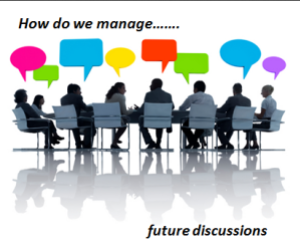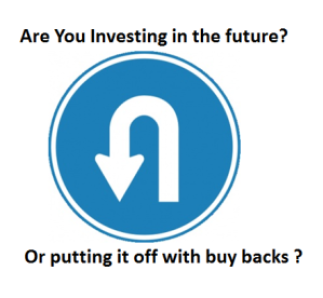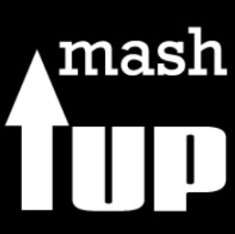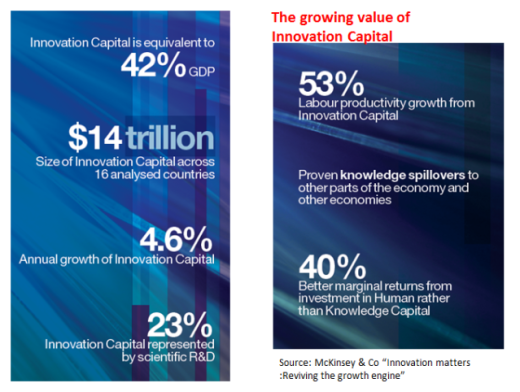
Having different perspectives and voices will enhance your innovation activities, they provide diversity, stimulus and greater options for you to consider the future innovation journey.
How do we set about engaging with all these different voices surrounding innovation?
Have you ever worked with the three horizon framework?
It is really useful for managing your innovation activities, drawing out the often conflicting voices within the organization on how to take innovation forward. The approach can unlock you from just being caught in the present, to one of envisaging a future that then allows you to begin to build different capabilities, competencies and capacities.
Find out more here and here and here on the three horizons or within this blog site put “three horizon approach ” into the search box. You will find I have provided a considerable overview in different posts’ thoughts on the 3H thinking and why I place such value in it for innovation’s evolution.
Continue reading “Are you engaging with all the different voices around you?”








